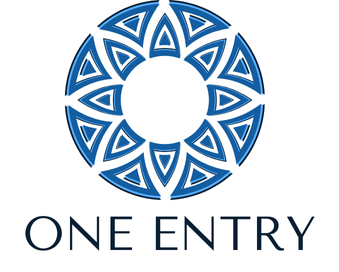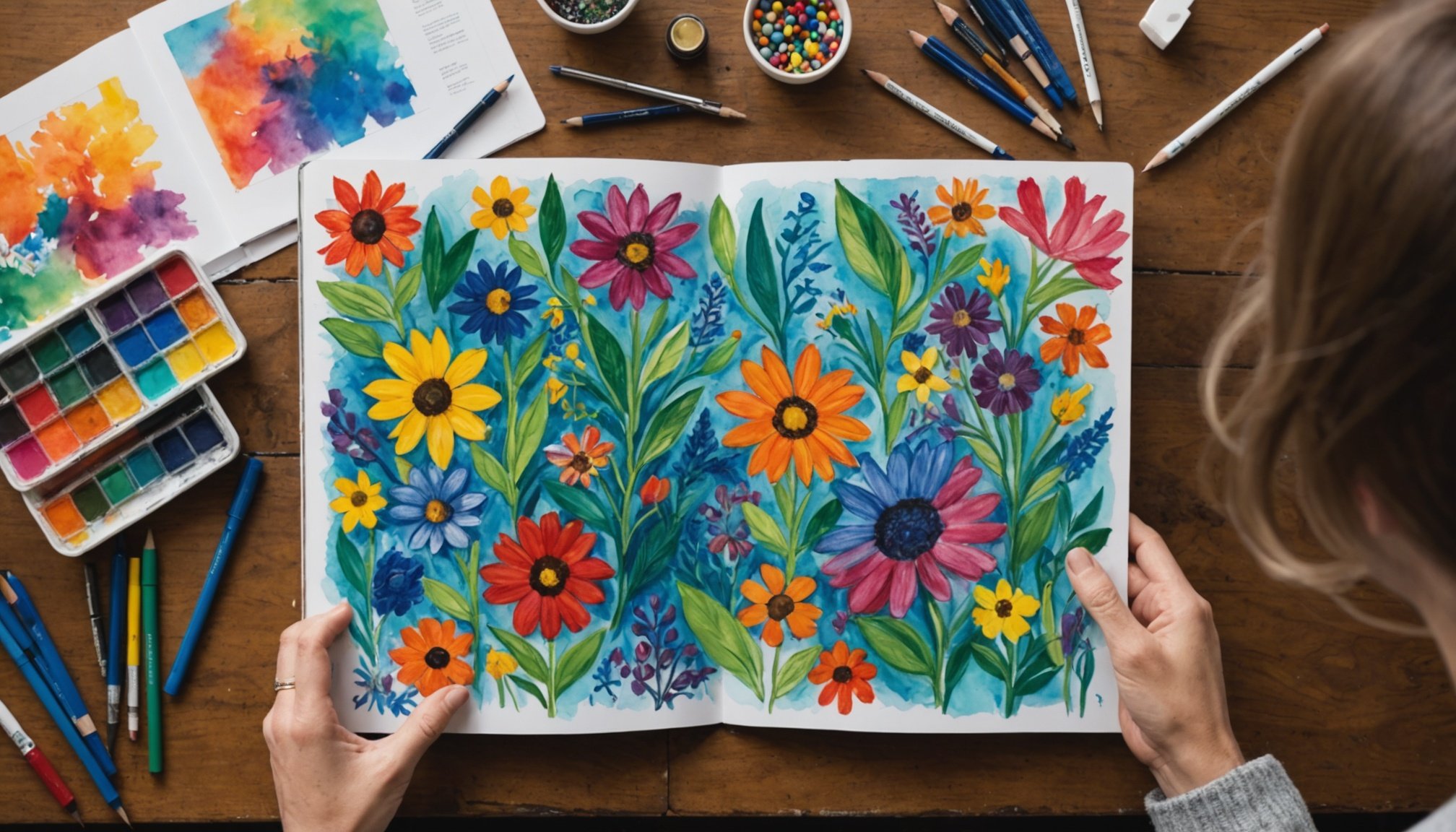Unlocking Healing: The Impact of Art Therapy on Recovery from Addiction
The Power of Creative Expression in Recovery
When it comes to recovering from addiction, the journey can be complex and emotionally challenging. Traditional talking therapies, while effective, may not always be enough to help individuals express and process their emotions fully. This is where art therapy steps in, offering a unique and powerful tool for healing.
Art therapy is more than just a creative outlet; it is a therapeutic approach that uses various forms of art to support individuals in their recovery journey. As noted by Samarpan Recovery, “Art can be a powerful way to connect with humanity. It is one of the most expressive forms of communication”[1].
Topic to read : Transforming Health: How Hospital Teaching Kitchen Programs Can Revolutionize Patient Nutrition and Wellness
How Art Therapy Works
Art therapy is facilitated by trained therapists who guide clients through various art techniques to explore their feelings, process trauma, and foster self-awareness. Here are some key methods used in art therapy:
Techniques in Art Therapy
- Drawing and Painting: Individuals can express emotions through colors, shapes, and lines. For example, chaotic or dark lines might represent anger, while soft colors can evoke feelings of peace[4].
- Collage and Mixed Media: This technique allows individuals to build visual narratives by assembling images from different sources, helping them to make sense of their emotional experiences[4].
- Sculpting and Clay Work: Working with clay or other tactile materials can be grounding, helping individuals physically mold their emotions and feel more in control of their internal experiences[4].
- Music and Drama: Music therapy and drama activities can also be part of art therapy, providing additional avenues for emotional expression and healing[3].
Benefits of Art Therapy in Addiction Recovery
Art therapy offers a multitude of benefits that are particularly relevant for individuals recovering from addiction.
Also to see : Unlocking Success: Effective Rehabilitation Strategies for ACL Injuries in Female Athletes
Emotional Processing and Expression
Art therapy allows individuals to process emotions that are difficult to express verbally. The creative process can serve as a release for anger, sadness, or fear, providing a non-verbal medium that facilitates exploration, understanding, and resolution of addiction-related issues[3][4].
Stress Management and Relaxation
Engaging in artistic expression can significantly reduce stress levels, enabling individuals to recharge and cultivate a deeper connection with their sobriety. Stress is one of the biggest causes of both dependency and relapse, so reducing it is crucial for long-term recovery[5].
Insight into Mental Health
By creating visual representations of their emotions, individuals often gain new insights into their mental health struggles. This self-reflection can lead to self-discovery and personal growth, helping individuals understand the underlying causes of their addiction[5].
Complementing Traditional Therapies
Art therapy works well in conjunction with other treatments such as 12-step therapy, Cognitive Behavioral Therapy (CBT), and Dialectical Behavioral Therapy (DBT). It provides a relaxing alternative to traditional talking therapies, allowing individuals to delve into their mind’s inner workings and develop a deeper understanding of themselves[2][5].
Real-Life Examples and Testimonials
The impact of art therapy can be seen in the stories of individuals who have benefited from it.
A Personal Journey
Carl, a previous client at Recovery Lighthouse, shared his experience: “The arts got me out of my head and got me thinking. Started understanding that I was quite a dark person, even without the drink and drugs.” This testimony highlights how art therapy can help individuals understand themselves better and move forward in a more positive and healthy way[2].
How Art Therapy Addresses Specific Challenges in Addiction Recovery
Addiction recovery is fraught with challenges, and art therapy addresses several of these directly.
Processing Trauma
For individuals whose substance abuse is intertwined with underlying traumatic experiences, art therapy provides a safe and controlled manner to process these emotions. By creating visual representations of their trauma, individuals can externalize their emotions without having to verbalize them, which can be overwhelming[4].
Managing Denial and Relapse
Art therapy can facilitate a breakthrough in addiction recovery by moving participants out of denial and allowing them to access internalized emotions. It also provides a secure channel for releasing difficult emotions, which is crucial for preventing relapse[3].
Enhancing Communication and Self-Awareness
Art therapy enhances communication within therapeutic settings and promotes self-awareness. The tangible outputs of these therapies serve as a mirror to the individual’s internal world, promoting introspection and awareness[4].
Practical Insights and Actionable Advice
If you or someone you know is considering art therapy as part of an addiction recovery program, here are some practical insights and actionable advice:
Keeping an Open Mind
It is important to keep an open mind and engage fully in the sessions. Many individuals are hesitant to participate in art therapy at first but find the sessions thoroughly enjoyable and continue practicing long after they leave the rehab facility[2].
Finding the Right Centre
Look for rehabilitation centers that integrate art therapy into their treatment programs. Centers like Recovery Lighthouse and Oasis Runcorn offer comprehensive programs that include art therapy alongside other evidence-based treatments[2][5].
Embracing Creative Expression
Do not worry about your artistic skills; art therapy is about the process, not the product. It is the act of creation that fosters healing and self-expression. As Stephen Sondheim once said, “Art, in itself, is an attempt to bring order out of chaos”[1].
Table: Comparing Art Therapy with Other Therapies
| Therapy Type | Key Benefits | Methods Used | Integration with Other Therapies |
|---|---|---|---|
| Art Therapy | Emotional processing, stress management, insight into mental health, complementing traditional therapies | Drawing, painting, collage, sculpting, music, drama | Works well with 12-step therapy, CBT, DBT |
| Cognitive Behavioral Therapy (CBT) | Identifying and changing negative thought patterns, improving coping skills | Cognitive restructuring, exposure therapy | Often used in conjunction with art therapy |
| Dialectical Behavioral Therapy (DBT) | Developing emotional regulation skills, managing stress | Mindfulness, distress tolerance | Art therapy can enhance DBT by providing an additional outlet for emotional expression |
| Group Therapy | Building connections, support, and community, refining social skills | Group discussions, activities | Can be used alongside art therapy to provide a comprehensive support system[3][5] |
Art therapy is a powerful tool in the recovery from addiction, offering a unique and effective way to express and process emotions. By providing a non-verbal medium for expression, it helps individuals delve into their inner world, gain insights into their mental health, and develop new coping mechanisms. Whether you are in the early stages of recovery or looking for long-term support, art therapy can be a valuable addition to your treatment plan.
In the words of those who have experienced it, art therapy is more than just a form of expression; it is a path to healing and self-discovery. As you embark on your recovery journey, remember that art therapy is here to help you unlock your emotions, find solace, and ultimately, achieve a healthier, more balanced life.











